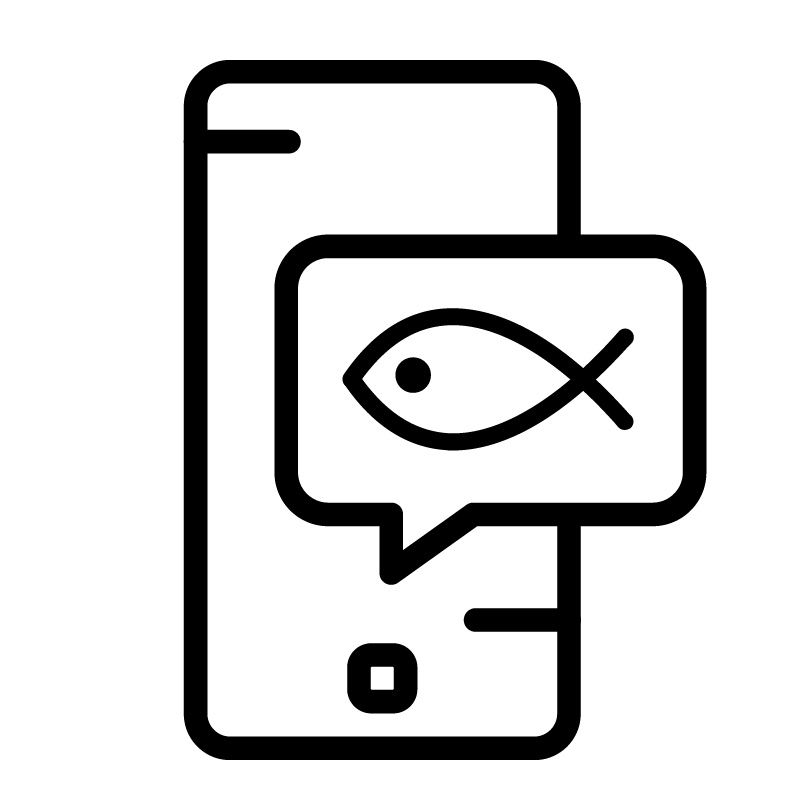Initiation
Once there is agreement and funding for the required activities has been secured, the development of the NPOA-SSF can be initiated.
Stage 1 includes the various steps and preliminary activities that should be undertaken to initiate the development of the NPOA-SSF. The first step should be the formation of a task force to help guide and facilitate the NPOA-SSF through the initiation and subsequent stages.
Here you will find the steps, guidance and templates for Stage 1: Initiation.
This first step sets up a Task Force – usually a national working group – that will lead on the initiation of the NPOA-SSF. If appropriate, the Task Force can continue into Stages 2 and 3 as the working group to develop and implement the NPOA-SSF.
Process
- 1.1.1 Propose the scope of an NPOA-SSF and identify initial key stakeholders
- 1.1.2 Convene a group of key stakeholders to form a Task Force
- 1.1.3 Hold an inception meeting of the Task Force
- 1.1.4 Refine and agree on terms of reference for the Task Force
- 1.1.5 Develop an NPOA-SSF initiation plan
Output(s)
- Task Force
- NPOA-SSF initiation plan
This step helps you produce a quick profile of the small-scale fisheries subsector in your country. An SSF profile provides useful information for all participants. It can be used as the basis to inform others.
Process
- 1.2.1. Review reference material on small-scale fisheries;
- 1.2.2. Review information on small-scale fisheries in your country;
- 1.2.3. Propose a definition for small-scale fisheries in your country ;
- 1.2.4. Describe the small-scale fisheries subsector in your country;
- 1.2.5. Identify key issues related to the small-scale fisheries subsector in your country;
Output(s)
- Preliminary profile of small-scale fisheries
This step describes how to carry out stakeholder mapping. The aim is to identify key people and organizations that have a stake in small-scale fisheries and then find out how best to engage with them.
Process
- 1.3.1 Conduct a stakeholder mapping
- 1.3.2 Map stakeholder connections and influence
- 1.3.3 Assess stakeholder capacity to engage
- 1.3.4 Identify champions of change
Output(s)
- Map of stakeholder
- Engagement strategy
This step describes how to carry out an SSF governance review and gap analysis.
It is based around an assessment tool that uses 10 themes related to the SSF Guidelines in order to assess the ability of local and national governance structures to implement the SSF Guidelines. Through this assessment, good practices and gaps can be identified.
The assessment also helps understand the degree of participation of small-scale fisheries stakeholders in decision-making bodies and organizations, and how such degree could be increased.
Process
- 1.4.1 Undertake a desk review
- 1.4.2 Ground-truth results with stakeholders
- 1.4.3 Revise the governance review and gap analysis
Output(s)
- SSF governance review and gap analysis
This step describes how to develop the rationale for NPOA-SSF.
The rationale is a brief document; however, it is a very important one, as it is most likely to be read by high-level officials. It sets out how the NPOA-SSF contributes to the delivery of national policies and international commitments, including the Sustainable Development Goals.
Process
- 1.5.1 Identify relevant national policies
- 1.5.2 Identify relevant international commitments
- 1.5.3 Identify the NPOA-SSF's contributions to national and international commitments
Output(s)
- Rationale for NPOA-SSF
This guidance helps you to prepare an NPOA-SSF development plan that will set out tasks, the budget and the time frame for undertaking Stage 2 – development.
A template for this output is provided.
Process
- 1.6.1 Call a Task Force planning meeting
- 1.6.2 Agree the main actions and tasks to be carried out in Stage 2
- 1.6.3 Confirm the lead and partners in delivering the tasks
- 1.6.4 Identify resource requirements and costs
- 1.6.5 Produce a timeline
- 1.6.6 Allow for regular review and revision
Output(s)
- NPOA-SSF development plan
This step describes how to establish the National Platform. This is an inclusive body of stakeholders that provides an advisory role to the Task Force as it develops and implements the NPOA-SSF.
Process
- 1.7.1 Task Force agrees National Platform members
- 1.7.2 Invite nominated stakeholders to join the National Platform
- 1.7.3 Call a National Platform inception meeting
- 1.7.4 National Platform members refine and agree on terms of reference
- 1.7.5 Formally establish the National Platform
Output(s)
- A National Platform
Case study: Championing the implementation of the SSF Guidelines in Africa
The United Republic of Tanzania is amongst the trailblazers to implement the SSF Guidelines at the national level. With 349 000km2 of marine and freshwater bodies, the fishing industry is one of the major sectors of the East African nation. With support from FAO, the country began to plan to put objectives of the SSF Guidelines into effect.
The process began with national awareness-raising workshops that deepened the relevant small-scale fisheries actors' knowledge and understanding of the SSF Guidelines. This was followed by the formation of a national task team consisting of central government, local government authorities, academia, research institutions, women's groups, NGOs, fishers' organizations, and the private sector. The overarching Terms of Reference for the national task team were to engage stakeholders across the country in consultative planning and development of a National Plan of Action for Small-Scale Fisheries (NPOA-SSF).
Over 6500 persons were engaged in the consultative process and strived towards ensuring a process that was participatory and inclusive to ensure ownership. The draft NPOA-SSF was endorsed by the Ministry of Livestock and Fisheries in 2021. The NPOA-SSF presents the major issues identified; and outlines the challenges and mitigation measures based on the SSF Guidelines.
Excerpts from Mgawe, Y. and Lukanga, E. 2021. Buying into a notable idea. Samudra Report Issue 85, International Collective in Support of Fishworkers.
Relevant consultation resources
Explore the other stages
Contact







